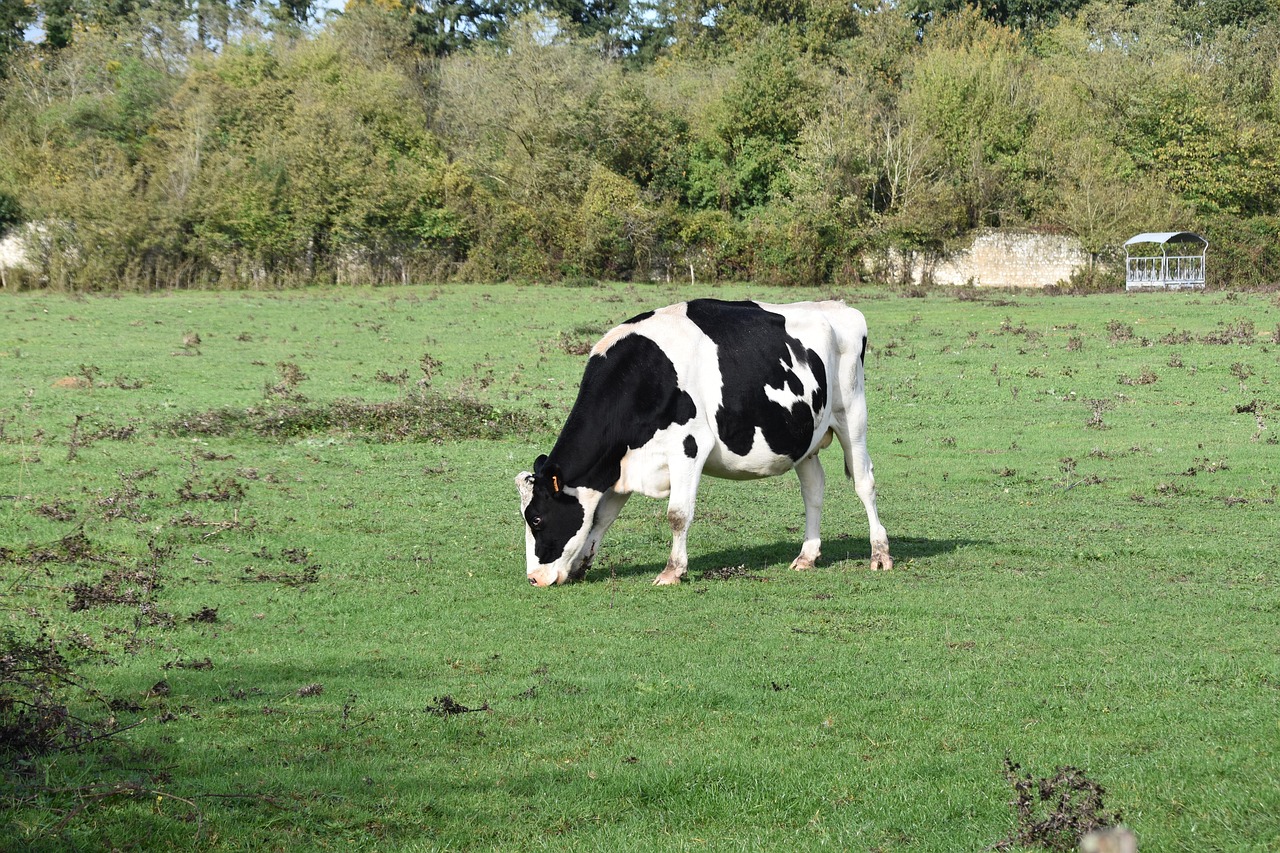
Dairy farming in dry regions of Kenya can be challenging due to unpredictable rainfall and limited pasture. However, selecting the best grass for dairy cows in dry areas of Kenya can make all the difference in milk production, cow health, and profitability.
At Mkulima Jovial, we work with Kenyan farmers across arid and semi-arid regions to help them grow high-yield, drought-tolerant grasses. Whether you’re in Kitui, Kajiado, Makueni, or Baringo, this guide will help you choose the right forage for your cows.
Why Choosing the Right Grass Matters
In dry zones, cows are often underfed due to poor pasture quality, which leads to:
-
Low milk production
-
Poor fertility and weak calves
-
Increased disease vulnerability
-
High feed costs due to supplements
Investing in the best grass for dairy cows in dry areas of Kenya ensures consistent feeding—even in dry seasons—while reducing reliance on costly commercial feeds.
Top Drought-Resistant Grasses for Dairy Cows in Kenya
Below are the best grasses for dry and semi-arid regions in Kenya. These varieties are drought-tolerant, nutritious, and suitable for hay or direct grazing.
1. Brachiaria Grass (Mulato II / Cayman)
Why it’s ideal:
-
Drought-tolerant
-
High in crude protein (12–14%)
-
Excellent for haymaking and silage
Growing tip:
Plant in early rainy season for strong root development. Once established, it can survive dry periods with minimal water.
✅ Perfect choice for zero-grazing and rotational grazing setups.
2. Rhodes Grass
Why it’s ideal:
-
Very drought-tolerant and hardy
-
Can be intercropped with legumes like Desmodium
-
Produces good-quality hay
Best variety for dry areas:
Chloris gayana (Katambora or Boma Rhodes)
✅ Widely grown by Kenyan dairy farmers in ASAL regions.
3. Napier Grass (Drought-Tolerant Varieties)
Common Napier grass struggles in dry climates, but new varieties like Kakamega 1, Kakamega 2, and Pakchong (Super Napier) are more resilient.
Why it’s ideal:
-
Fast regrowth
-
High biomass production
-
Works well in silage
Tip: Mulch and apply manure to retain moisture in dry soils.
✅ Best when grown with drip irrigation or greywater reuse.
4. Desmodium (Silverleaf & Greenleaf)
While not a grass, Desmodium is a protein-rich legume ideal for intercropping with drought-resistant grasses.
Benefits:
-
Fixes nitrogen into soil
-
Boosts milk production
-
Palatable and nutritious
✅ Excellent supplement to grasses in dryland fodder systems.
5. Cenchrus ciliaris (African Foxtail or Buffel Grass)
Why it’s ideal:
-
Thrives in poor, sandy, dry soils
-
Recovers quickly after grazing
-
High drought tolerance
Feeding tip: Cut early before flowering to maintain nutritional value.
✅ Low maintenance and suitable for marginal land.
Tips for Managing Fodder in Dry Areas
-
Harvest and store hay during rainy seasons
-
Practice cut-and-carry to reduce pasture degradation
-
Use compost and manure to improve soil moisture retention
-
Invest in water harvesting for small-scale irrigation
-
Rotate fodder plots to allow recovery and avoid overgrazing
At Mkulima Jovial, we offer drought-tolerant fodder seeds, chaff cutters, hay preservatives, and water-efficient drip kits to help you manage feed even in harsh conditions.
Final Thoughts
Selecting the best grass for dairy cows in dry areas of Kenya is key to successful dairy farming under challenging climates. Grasses like Brachiaria, Rhodes, and drought-resistant Napier provide the nutrients your cows need while helping you cut costs on commercial feeds.
Start small, manage your pasture well, and consult experts like Mkulima Jovial to guide your fodder plan. With the right approach, dairy farming in dry zones can thrive!
